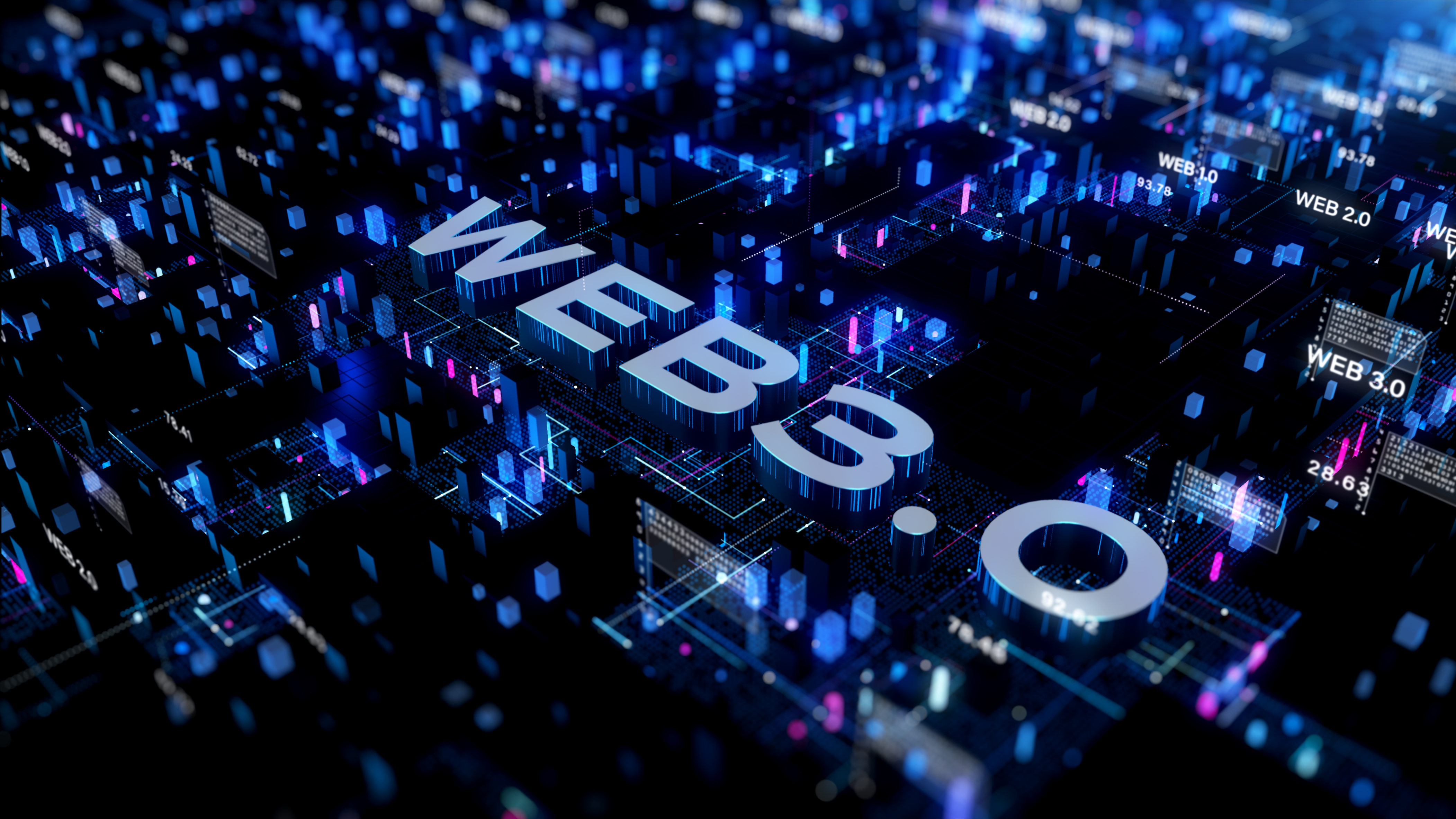Web 3.0, often referred to as the Semantic or Decentralized Web, has emerged over the past few years as a both an ideological and technological shift from the current state of the internet, referred to as Web 2.0. The new technology is defined by decentralized databases and distributed ledgers across nodes, reducing the risks in Web 2.0 associated with centralized honeypots of sensitive information. The underpinning blockchain technology of Web 3.0 facilitates a unique representation of transactions, interactions, or identifications, enabling tokenization and creating a digital economy where assets, content, and credentials are user-controlled, independent of centralized authorities. While the emerging technology is powerful and aims to create a more decentralized, user-driven Internet, the future implementation of Web 3.0 comes with several risks to our cybersecurity. Here’s a deep dive into how Web 3.0 functions and the benefits and threats it poses to our networks.
Security Benefits in Web 3.0
Identity and Tokenization:
Within the Web 3.0 framework, identity management takes a more user-centric approach, known as self-sovereign identity, in which individuals have control over their data and credentials. Through unique hashes and blockchain technology, Web 3.0 allows for the authentication and control of digital assets by users. This form of identity management is made possible through smart contracts which determine user privileges and eligibility based on various metrics tied to their digital identities. By having a decentralized identity management system, risks associated with centralized data storage such as data breaches and identity theft can be significantly reduced.
Distributed Ledger Technology (DLT):
Distributed Ledger Technology forms the backbone of Web 3.0’s decentralized framework. Unlike the centralized databases of Web 2.0, DLT distributes digital information across a network of computers, ensuring transparency, and reducing the likelihood of data tampering and fraud. Every transaction on the network is recorded in a ledger that’s distributed across all nodes, making unauthorized alterations extremely difficult. This feature enhances the security and trustworthiness of digital interactions on the web.
Zero Trust:
The Zero Trust security model, which treats everything on a network as untrusted by default, aligns well with the decentralized paradigm of Web 3.0. Using the Zero Trust security model, data travels from peer to peer in decentralized applications rather than passing through trusted intermediaries like in Web 2.0. This shift towards a trustless web minimizes reliance on central authorities, which in turn reduces the overall potential attack surfaces for a potential attacker.
Cybersecurity Risks in Web 3.0
Smart Contract Logic Hacks:
Smart contracts, self-executing contracts with the terms directly written into code, are a hallmark of blockchain technology underpinning Web 3.0. However, they are not immune to cyber threats. Hackers can target the logic encoded in these smart contracts to exploit various functions and services like interoperability, crypto-loan services, and cryptocurrency wallet functions. These hacks could lead to financial losses and pose significant legal challenges as smart contracts often operate in a legal grey area with a complicated jurisdictional system.
Enhanced Spam:
The interconnectedness of data in Web 3.0 creates channels through which spam attacks can thrive. Adversaries can target, exploit, and pollute specific resources to distribute spam across websites, search engines, and applications. These spam campaigns could carry malicious JavaScript code or ransomware, delivering it to every user interacting with the contaminated resources. The capability to distribute spam at this scale could be leveraged for widespread dissemination of malware or disinformation.
Social Engineering:
Even though blockchain records are essentially tamper-proof, the human element will always remain a weak link. Phishing attacks and other social engineering tactics can and will be employed by malicious actors to impersonate legitimate entities and harvest confidential information from both individuals and businesses. The proposed use of self-sovereign identity in Web 3.0 also presents identity risks where insecure authentication mechanisms could lead to identity theft risks, and hackers could piece together sensitive information about individuals from identifiers used across different interactions on the web.
How do I Utilize Web 3.0?
Utilizing Web 3.0 involves a shift from traditional centralized online platforms to decentralized applications (dApps) and services. To get started, you typically need a blockchain wallet which will act as your digital identity. This wallet can be used to manage cryptocurrencies, digital assets, and interact with dApps on various blockchain networks. Popular blockchain wallets currently include MetaMask and Coinbase Wallet. Once set up, you can explore a wide range of Web 3.0 platforms and dApps that offer services in finance (DeFi), gaming, social media, and more, all while maintaining a higher degree of control over your data compared to traditional web services.
How Can Netizen Help?
Netizen ensures that security gets built-in and not bolted-on. Providing advanced solutions to protect critical IT infrastructure such as the popular “CISO-as-a-Service” wherein companies can leverage the expertise of executive-level cybersecurity professionals without having to bear the cost of employing them full time.
We also offer compliance support, vulnerability assessments, penetration testing, and more security-related services for businesses of any size and type.
Additionally, Netizen offers an automated and affordable assessment tool that continuously scans systems, websites, applications, and networks to uncover issues. Vulnerability data is then securely analyzed and presented through an easy-to-interpret dashboard to yield actionable risk and compliance information for audiences ranging from IT professionals to executive managers.
Netizen is an ISO 27001:2013 (Information Security Management), ISO 9001:2015, and CMMI V 2.0 Level 3 certified company. We are a proud Service-Disabled Veteran-Owned Small Business that is recognized by the U.S. Department of Labor for hiring and retention of military veterans.
Questions or concerns? Feel free to reach out to us any time –
https://www.netizen.net/contact



